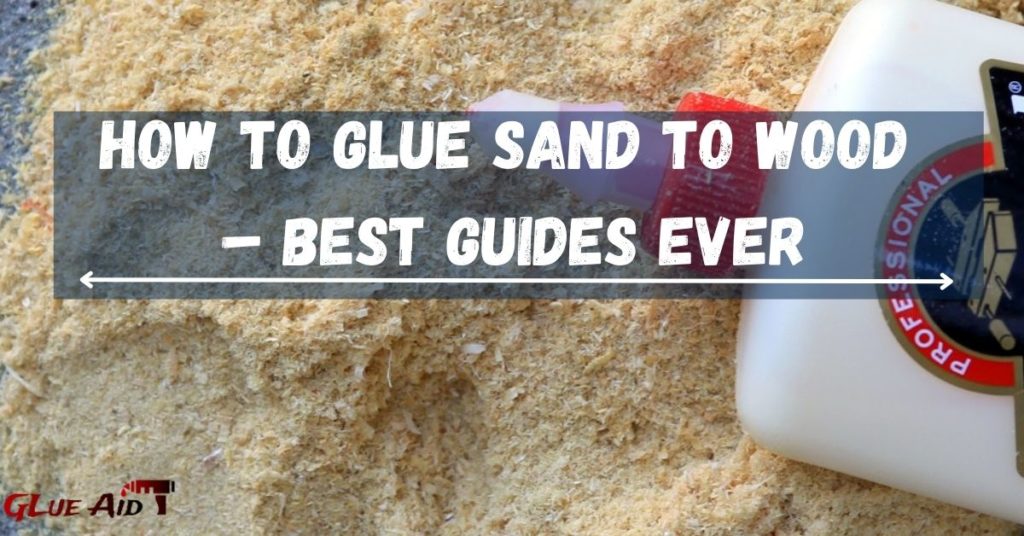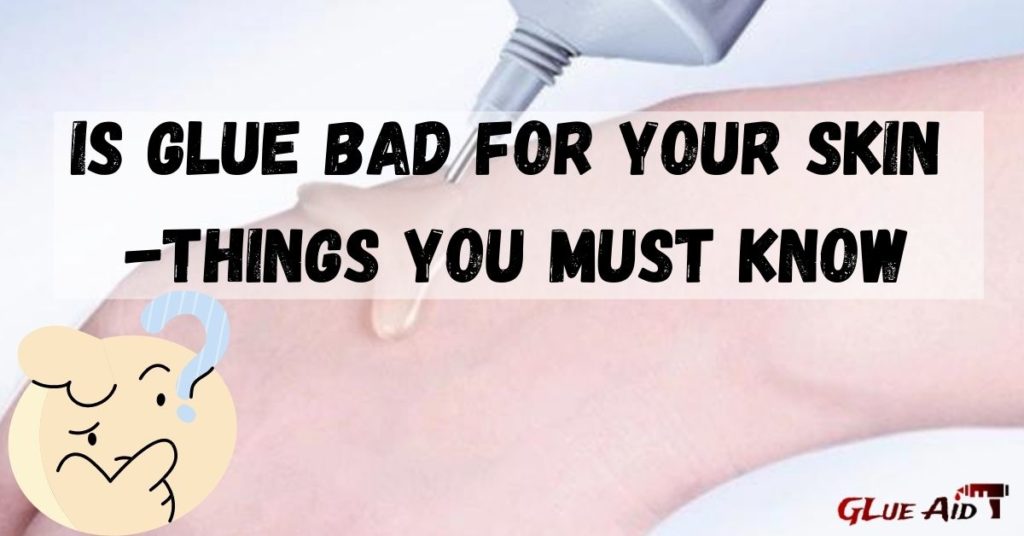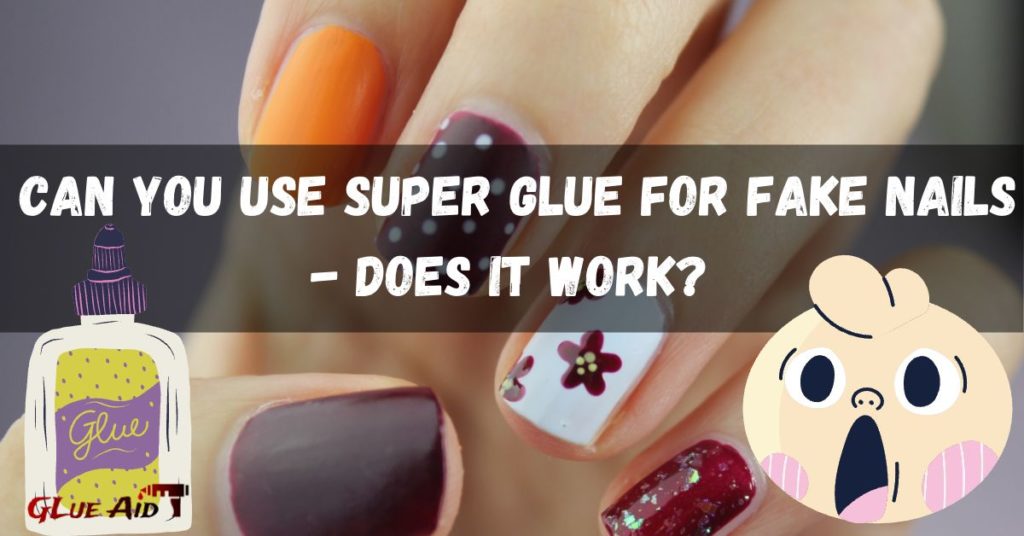In short, the answer is yes – you can mix PVA glue with paint to create your own custom paint mixture. However, there are a few things you need to keep in mind when doing so. In this blog post, we will discuss whether can you mix PVA glue with paint and how to go about creating your own custom paint mixture using PVA glue. Learn if you can mix PVA glue with paint for your next craft project. We’ll show you what works and what doesn’t work so that your project turns out great.
Table of Contents
What Is PVA Glue And What Are Its Uses
PVA glue is a type of adhesive that is commonly used in woodworking, paper crafts, and even some types of fabric crafts. It is typically white in color, but can also be found in clear and yellow varieties. PVA glue is water-soluble, meaning it can be mixed with water to create a slurry that can be used to adhere two surfaces together.
When PVA glue is mixed with paint, it can be used to create a variety of effects. For example, you can use it to create a crackle effect on painted surfaces. You can also use it to add texture to paint or even to create a raised embossed effect.
How To Mix PVA Glue With Paint
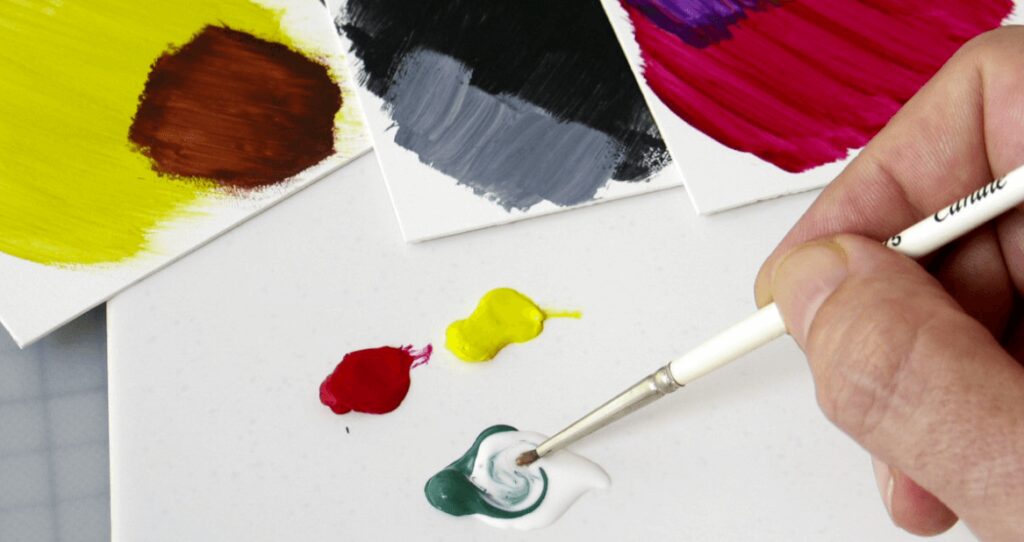
Now that we know a little bit more about PVA glue and what it can be used for, let’s talk about how to mix it with paint. When mixing PVA glue with paint, there are a few things you need to keep in mind:
- The ratio of glue to paint will determine the final consistency of your mixture. A higher ratio of glue to paint will result in a thicker, more viscous mixture. A lower ratio of glue to paint will result in a thinner, more watery mixture.
- The type of PVA glue you use can also affect the final consistency of your mixture. For example, clear PVA glue will result in a thinner mixture than white PVA glue.
- Adding water to your mixture can also affect the consistency. If you want a thinner mixture, add more water. If you want a thicker mixture, add less water.
- To change the consistency, you can also add other ingredients to your mixtures, such as paint thinners or acrylic mediums.
Now that you know all of this, let’s talk about how actually to mix PVA glue with paint. So get creative and see what you can come up with!
What Are The Benefits Of Mix PVA Glue With Paint

There are a few benefits of mixing PVA glue with paint:
- You can create your own custom paint mixture that can be used for a variety of purposes.
- You can control the consistency of your mixture by adjusting the ratio of glue to paint, or by adding water or other ingredients.
- Mixing PVA glue with paint can help you create unique effects, such as the crackle effect or raised embossed effect.
So there you have it – everything you need to know about whether can you mix PVA glue with paint. We hope this blog post has been informative and helpful. Happy crafting!
How Can You Make Sure The Mixture Is Effective
PVA glue is an important ingredient in many painting projects, as it can help to create a smooth surface for the paint to adhere to. However, you need to be careful when mixing PVA glue with paint, as the wrong ratio can make the mixture ineffective.
To ensure that your mixture is effective, start by mixing the PVA glue and water in a 1:1 ratio. Once the two ingredients are combined, slowly add the paint to the mixture until you reach the desired consistency. Remember that you can always add more paint if needed, but it is difficult to thin out a mixture once it has begun to set.
If you are unsure of the ratio that you should use, or if you are having trouble getting the mixture to the right consistency, consult with a professional painter or ask for advice at your local hardware store. With a little bit of experimentation, you should be able to find the perfect ratio of PVA glue to paint for your needs.
The Potential Drawbacks Of Using PVA Glue With Paint

One of the potential drawbacks of using PVA glue with paint is that it can make the paint less durable. This is because the PVA glue can act as a barrier between the paint and the surface that it is applied. As a result, the paint may not be able to properly adhere to the surface and could eventually peel off.
Another potential issue is that the PVA glue can make the paint more difficult to remove. This is because the glue will act as a sealant, making it harder for paint strippers and other removal methods to penetrate. If you are planning on using PVA glue with paint, be sure to keep this in mind and take appropriate precautions.
Read Also: Is Mod Podge the Same As PVA Glue
Can You Use This Mixture For Other Purposes
PVA glue is a type of white glue that is commonly used for school projects and crafts. It is made from polyvinyl acetate and is safe to use on most surfaces, including the skin. PVA glue can be mixed with paint to create a variety of effects.
Some people use a PVA and paint mixture to create a textured effect on their walls or ceilings. Others use it to add extra durability to a painting project. Still, others find that the combination of PVA and paint makes cleanup easier after they’re done crafting.
If you’re thinking about mixing PVA glue with paint, it’s important to know that the two substances have different properties. For example, PVA glue is water-soluble, while most paints are not.
What Are Some Precautions To Take When Using This Mixture
PVA glue is water-based, so it will dilute the paint and make it less opaque. You should also be careful not to use too much glue, as it can make the paint crack or peel off. If you are using acrylic paint, be sure to test the compatibility of the two products before applying them to your project.
Are There Any Risks Associated With Using It
PVA glue can be mixed with paint, but there are some things to keep in mind before doing so. First, PVA glue is not waterproof, so if you’re using it outdoors, the paint will not protect the wood from moisture. Second, PVA glue dries clear, so if you’re using a color other than white, the paint will alter the color of the glue. Finally, PVA glue is not as strong as some other adhesives, so it’s not ideal for use on heavier objects.
Tips & Tricks For Mixing PVA Glue With Paint
- Use a 1:1 ratio of PVA glue to the water to create the perfect mixture.
- Slowly add paint to the mixture until you reach the desired consistency.
- If you are unsure of the ratio to use, consult with a professional or ask for advice at your local hardware store.
- Be aware that using PVA glue can make the paint less durable and more difficult to remove.
- Take precautions to avoid any potential issues.
FAQs About Can You Mix PVA Glue With Paint
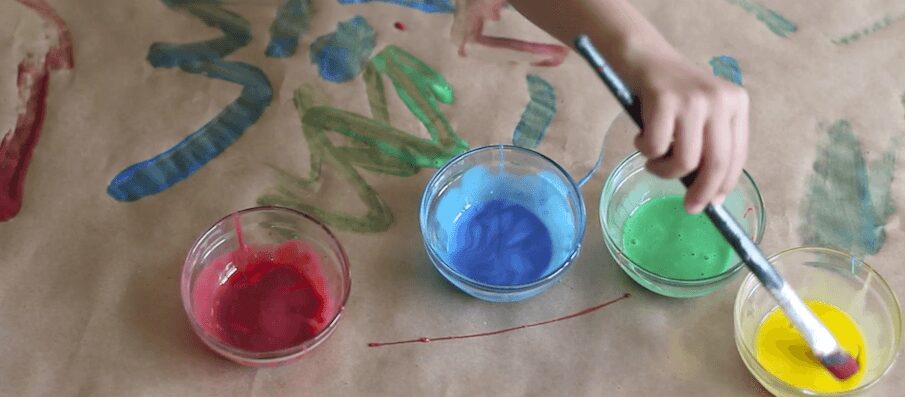
Can You Mix PVA Glue With Acrylic Paint?
PVA glue is a type of synthetic resin, which is used as an adhesive. It is made up of polyvinyl alcohol and is soluble in water. Acrylic paint is a type of synthetic polymer that is insoluble in water. When these two substances are mixed together, the resulting mixture will be a suspension. The PVA glue will help to bind the pigment particles together and will also act as a binder for the paint to adhere to the surface.
Why Do You Mix PVA Glue With Paint?
The addition of PVA glue to paint helps to improve the paint’s bonding properties, making it more resistant to peeling and flaking. Additionally, glue can help to increase the paint’s durability and longevity.
Can You Mix PVA Glue With Emulsion Paint?
The effects of mixing PVA glue with emulsion paint are not well documented, but it is generally not advised. The two substances have different chemical compositions and properties, so they may not interact well when mixed together. Additionally, the PVA glue may not evenly mix with the paint, resulting in an uneven finish.
What Happens When You Add Glue To Paint?
When you add glue to paint, you are essentially creating a new type of paint known as acrylic paint. Acrylic paint is made by combining a pigment with an acrylic resin, which is then suspended in a solvent. The addition of glue creates a more viscous paint that is ideal for use on larger surfaces.
Does PVA Glue Make Paint Waterproof?
The use of PVA glue is a common way to make paint waterproof. By adding glue to the paint, it creates a barrier that helps to prevent water from penetrating the surface. This can be particularly helpful when painting outdoors, where weather conditions can cause paint to become damaged or faded.
Can I Mix White Glue With Paint?
White glue can be mixed with paint, but there are a few things to keep in mind. First, it is important to make sure that the glue is fully dissolved in the water before adding it to the paint. Otherwise, the glue will not mix properly with the paint and may cause clumping.
Conclusion
You can mix PVA glue with paint, but there are a few things to keep in mind. The ratio of glue to paint should be 1:1, and it is best to use white PVA glue. Be sure to mix the glue and paint thoroughly before applying it to your project.
Relevant Resources:
- What Glue to Use for Paper Glass
- How To Dry Glue Faster – 9 Best Ways
- How to Fix a Hole in an Air Mattress With Super Glue
- Why Doesn’t Glue Stick to The Inside of The Bottle or Tube
- The Pros and Cons of Polyurea Adhesives
- Is Glue Edible? – See What Experts say
- Is Glue bad for your Skin -Things You Must Know
- How To Glue Sand to Wood – Best Guides Ever
- How to Glue Glass to Wood
- How to Glue Rubber to Wood
- How to Glue Metal to Glass
- How to Get Hair Glue out of Carpet

